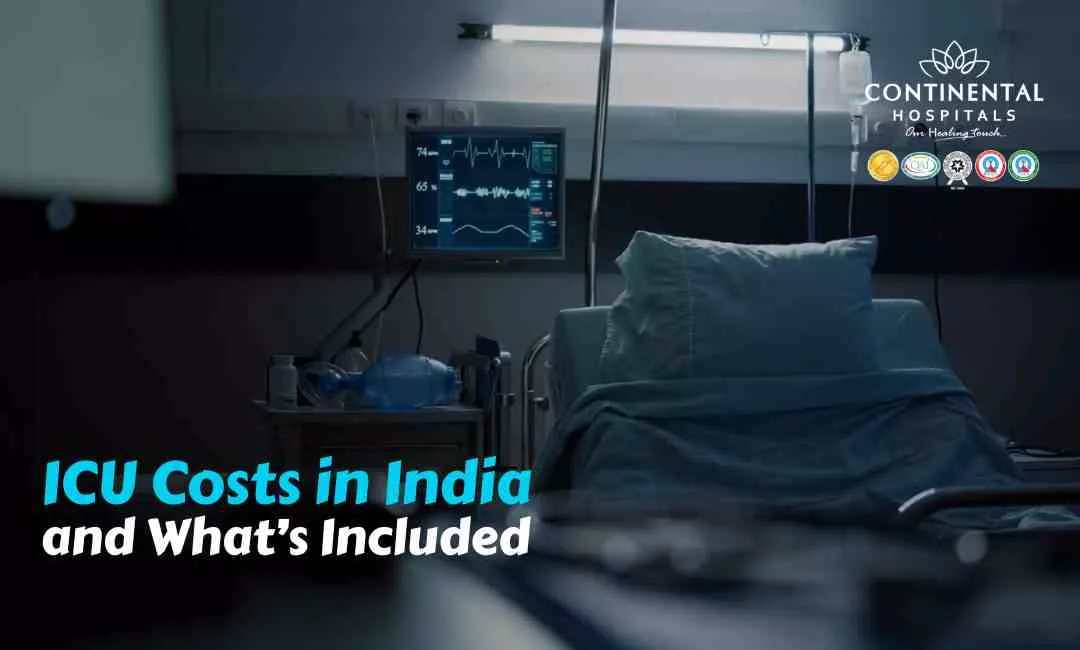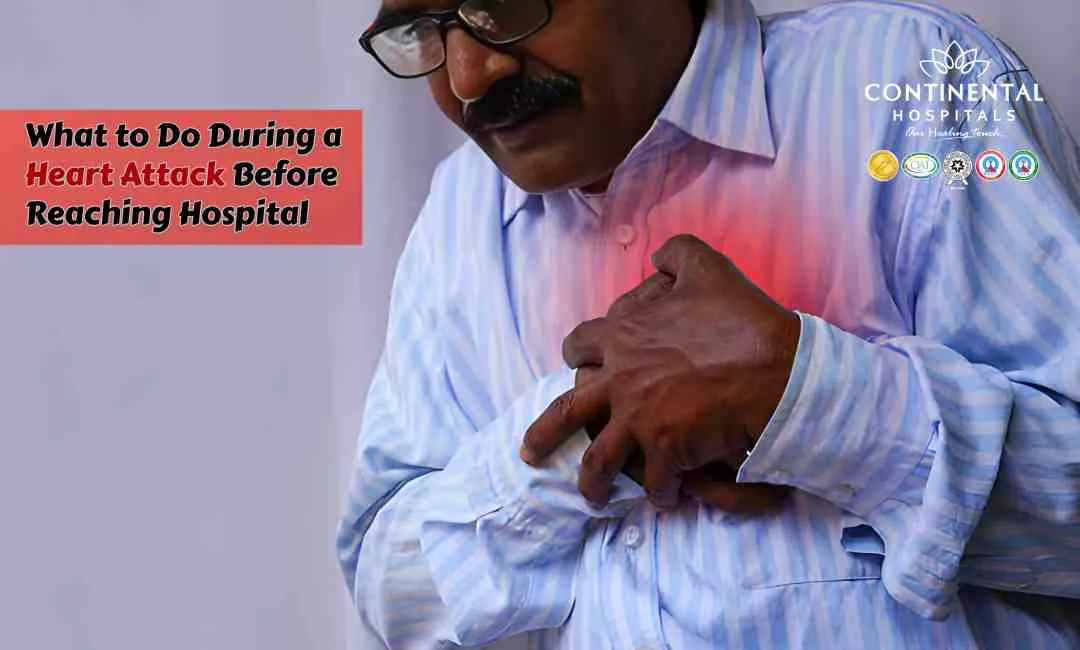A rare but deadly infection has recently made headlines in Kozhikode, Kerala, raising serious public concern. The culprit is the brain-eating amoeba, scientifically called Naegleria fowleri. While the name sounds frightening, what matters most is understanding how it spreads, recognizing its symptoms early, and knowing how to protect yourself and your loved ones.
This blog will break the topic into simple, clear points so you know exactly what this health alert means, how to stay safe, and why expert medical guidance matters.
What is the Brain-Eating Amoeba?
Naegleria fowleri is a microscopic organism that lives naturally in warm freshwater sources such as lakes, ponds, rivers, and poorly maintained swimming pools. When water contaminated with this amoeba enters the nose, it can travel to the brain, causing a rare but severe infection called Primary Amoebic Meningoencephalitis (PAM).
PAM damages brain tissue and can progress rapidly. While cases are rare, the infection is often fatal if not diagnosed and treated at the earliest possible stage. This is why prevention and awareness are crucial.
🥗 Healthy Plate Challenge
🍽 Add Your Favorite Dish
Pick Your 6 favorite foods, eat, and see the results.Drag & drop foods onto your plate.
Drop Food Here

How Does the Infection Spread?
The infection does not spread from person to person. Instead, it happens when contaminated water enters the nose. The amoeba then moves up the nasal passages into the brain.
Common exposure situations include:
- Swimming or diving in warm freshwater lakes, ponds, or rivers
- Using unchlorinated or poorly maintained swimming pools
- Ritual nasal rinsing with unboiled or non-sterile water
- Accidental water inhalation during outdoor activities in natural water bodies
It is important to note that drinking water contaminated with the amoeba does not cause the infection. The danger arises only when water enters through the nose.
Symptoms of Brain-Eating Amoeba Infection
Early symptoms usually appear within 1 to 12 days after exposure. They can resemble meningitis, which makes diagnosis challenging without proper medical tests.
The main signs to watch for include:
- Severe headache
- Fever
- Nausea and vomiting
- Stiff neck
- Sensitivity to light
- Confusion or loss of balance
- Seizures
- Hallucinations
As the infection progresses, symptoms worsen quickly. Immediate medical attention is critical when these warning signs appear, especially after recent water exposure.
Why Kozhikode is on Alert
The recent cases reported in Kozhikode highlight the risk of exposure in certain environments. Kerala’s climate, with warm temperatures and abundant freshwater bodies, creates favorable conditions for amoeba survival. While such infections are rare, even a single case is taken seriously by health authorities due to its rapid progression and high risk.
Health officials have advised the public to avoid swimming in untreated freshwater sources and to follow strict precautions when engaging in activities where water can enter the nose.
Prevention: How to Stay Safe
The good news is that prevention is possible with simple, consistent habits. Protect yourself and your family by following these steps:
1. Avoid Risky Water Activities
Stay away from swimming or diving in warm freshwater lakes, rivers, or ponds, especially during summer or periods of high temperature.
2. Use Properly Maintained Pools
If you swim in a pool, make sure it is well chlorinated and regularly maintained. Poorly treated pools can be breeding grounds for microorganisms.
3. Protect Your Nose
When swimming or engaging in water activities, use nose clips to reduce the chance of water entering your nose.
4. Be Careful with Nasal Rinsing
If you practice nasal cleansing, always use boiled and cooled water, distilled water, or sterile saline solutions. Tap water should not be used directly.
5. Avoid Stirring Up Sediment
The amoeba is more likely to be found in the bottom sediment of warm freshwater bodies. Avoid digging or stirring up soil and sediment while swimming.
6. Follow Public Health Alerts
Pay attention to updates and warnings from local health authorities, especially in areas with reported cases.
Diagnosis and Treatment
Diagnosing PAM early is difficult because symptoms mimic other brain infections. Doctors rely on a combination of patient history, laboratory tests, and imaging studies to confirm the infection.
Treatment usually involves a combination of antifungal and antimicrobial medications. However, outcomes depend heavily on how early the infection is identified. This is why immediate medical attention is essential if you suspect exposure and develop symptoms.
Why Awareness Matters
Awareness is the first step toward protection. Since cases are rare, many people may not even know about brain-eating amoeba until they see news reports. Unfortunately, lack of knowledge often leads to delayed treatment. By understanding how the amoeba spreads and how to prevent it, communities can significantly reduce the risk.
Why Choose Continental Hospitals for Care
When it comes to managing rare and critical infections like Primary Amoebic Meningoencephalitis, having access to advanced healthcare facilities and experienced specialists makes a real difference. Continental Hospitals in Hyderabad offers:
- A team of expert neurologists and infectious disease specialists
- State-of-the-art diagnostic facilities for early detection
- Intensive care units equipped to handle life-threatening brain infections
- Multidisciplinary support that ensures comprehensive treatment and monitoring
Patients and families can be assured that Continental Hospitals prioritizes both timely diagnosis and the highest standards of care in critical neurological and infectious diseases.
What You Should Do Next
If you or your loved ones have recently been exposed to freshwater sources and are experiencing symptoms such as severe headache, fever, or confusion, do not ignore them. Seek immediate medical care. Early action can save lives.
Conclusion
The Kozhikode health alert is a reminder that while the brain-eating amoeba infection is rare, it is extremely serious. Protecting yourself is mostly about awareness and prevention. By avoiding risky water activities, using safe water for nasal cleansing, and staying alert to symptoms, you can reduce your risk significantly.
If you suffer from unexplained headaches, fever, or neurological symptoms after water exposure, consult our expert neurologists and infectious disease specialists at Continental Hospitals for timely diagnosis and treatment.
.webp)














